
The United States mumps (Rubulavirus) vaccination program began in 1967. Prior to its start, 186,000 cases were reported in the US each year. Since the program began, the reported number of mumps cases has decreased significantly. However, without immunization, the incidence of mumps is 100 to 1,000 cases per every 100,000 people, with epidemic outbreaks every 2 years to 5 years.
Photo Credit: Design Cells / iStock / Getty Images Plus
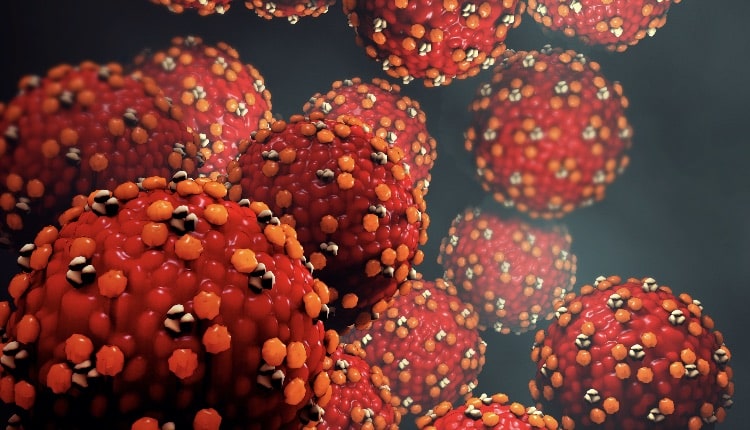
Viral Transmission
Mumps, also known as infectious parotitis or epidemic parotitis, is generally caused by the rubulavirus, which is within the genus paramyxovirus. Mumps can also be caused by other viruses in rare instances. The virus is contained in a single stranded, negative strand of ribonucleic acid (RNA) consisting of 15,385 nucleotides encoding six structural proteins and at least two nonstructural proteins. This virus has two surface glycoproteins, one with hemagglutinin and neuraminidase activities and the other with cell fusion and cytolytic activities. These surface glycoproteins are responsible for fusion to the lipid membrane of the host cell membrane, which appears to be associated with neurovirulence. The mumps virus is susceptible to chemical disinfectants, such as ether, formalin, and alcohol, as well as heat, and ultraviolet light, all of which inactivate it.
Photo Credit: Design Cells / iStock / Getty Images Plus
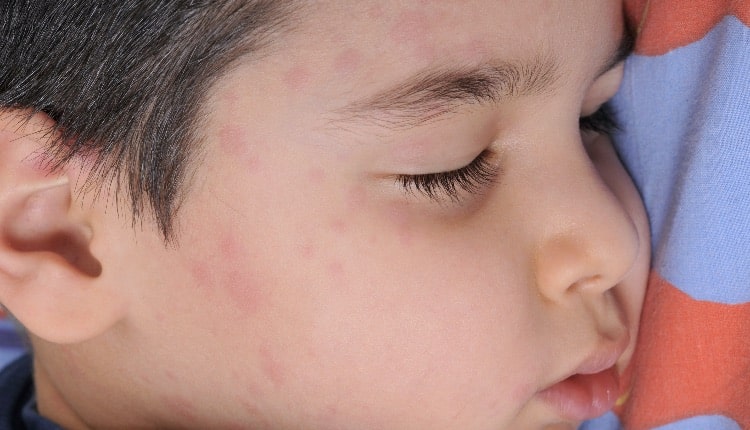
Risk Factors
Risk factors for mumps include lack of immunization, travel outside of the United States, and immune deficiencies. Most cases of mumps occur in school-aged children. Males and females are equally affected with parotitis, although males have a higher predilection for CNS involvement with a 3:1 ratio.
Photo Credit: LeventKonuk / iStock / Getty Images Plus
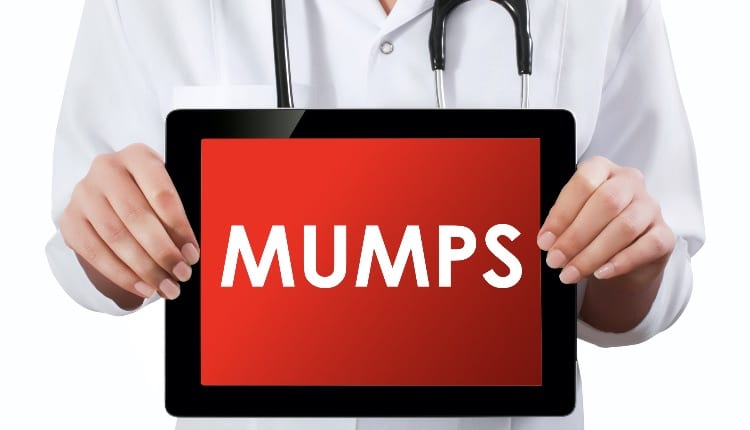
Signs and Symptoms
Pain, swelling, and fever are clinical characteristics of parotitis. Tenderness of the parotid gland, trismus, edema of Stensen’s ducts, parotid enlargement obscuring the mandibular angle, and superolateral lifting of the ear may be observed; these findings are best viewed from behind the patient. In addition, patients may complain of increased pain with chewing or when the salivary glands are stimulated by food and liquids. After several days, the swelling affects the contralateral gland in 70% to 75% of cases. Involvement of the submental and submandibular glands occurs in approximately 10% of cases. Serum amylase concentrations are elevated with parotitis inflammation. Parotid symptoms resolve within 7 days to 10 days.
Photo Credit: stockce / iStock / Getty Images Plus
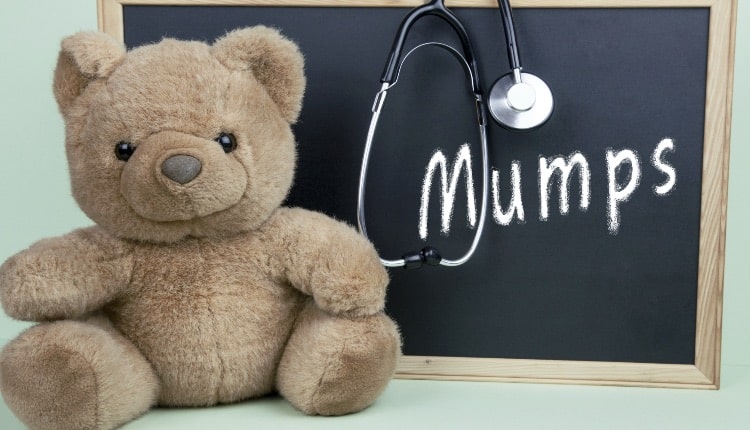
Making a Diagnosis
The diagnosis of mumps is usually made based on clinical presentation and history of exposure to the virus. However, in many cases salivary gland swelling is not readily apparent and there may be widely varying constitutional mumps symptoms. A study investigating the clinical acumen of physicians’ abilities to diagnose mumps revealed that their diagnostic accuracy was poor based solely on clinical presentation. Findings showed that only 14% of 2,082 cases could be confirmed by laboratory analysis during a mumps outbreak. Therefore, laboratory testing is recommended for definitive diagnosis.
Photo Credit: blueshot / iStock / Getty Images Plus
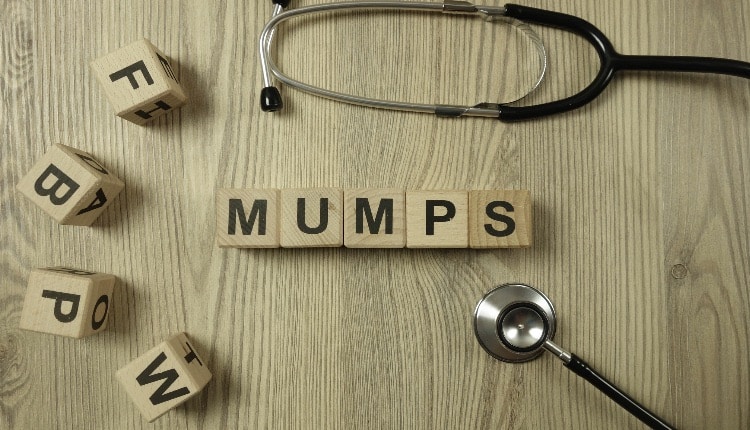
Treatment
Individuals diagnosed with mumps should be isolated from others for 5 days from the onset of symptoms to minimize the risk of spreading infection. Mumps is self-limiting and treatment is primarily supportive and conservative. Oral fluid intake to maintain adequate hydration; eating soft foods to prevent pain with chewing; avoiding acidic foods and liquids that increase salivation, cause swallowing difficulty and gastric irritation; taking ibuprofen or acetaminophen to relieve headaches and discomfort due to parotitis; and applying cold packs to swollen glands are recommended. Steroids are not recommended for the treatment of orchitis as this medication may facilitate, rather than alleviate, testicular atrophy.
Photo Credit: Piotrekswat / iStock / Getty Images Plus
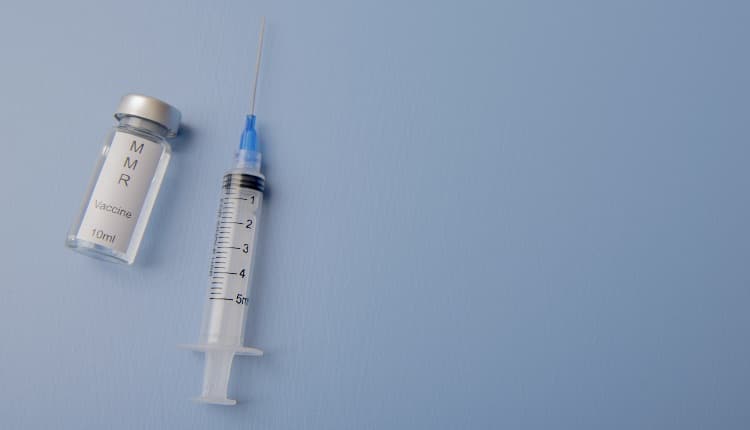
Preventing Mumps
Like several communicable diseases, mumps prevention relies heavily on herd immunity, which is achieved through vaccination. Herd immunity occurs when a large proportion of the community is immune to the communicable disease. The threshold for mumps herd immunity varies between 75% and 86%. This broad window may leave room for spikes in the disease activity. However, even when herd threshold is at the optimal range, outbreaks still occur, particularly in settings where people are in close contact with one another for extended periods such as in elementary, middle, and college and university settings. These continued outbreaks suggest that there is a lack of understanding of when primary vaccine failure occurs.

